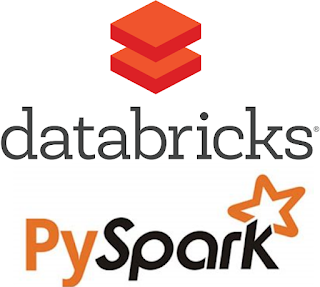Azure Databricks with PySpark Training in Hyderabd
Azure Databricks is a cloud-based big data analytics and processing platform that provides an Apache Spark-based environment. It integrates with Azure services and provides collaborative and scalable capabilities for data engineering, data science, and machine learning tasks. Using Azure Databricks with PySpark, you can leverage the power of Spark and Python to process, analyze, and manipulate large-scale datasets.
To work with Azure Databricks and PySpark, you typically follow these steps:
Create an Azure Databricks workspace: Set up an Azure Databricks workspace in your Azure portal. This workspace acts as a central hub for your notebooks, clusters, and other resources.
Create a cluster: In the Databricks workspace, create a cluster. A cluster is a group of machines that run Spark jobs. You can configure the cluster's size, hardware specifications, and libraries to be installed.
Create a notebook: Within the workspace, create a notebook where you can write and execute PySpark code. Notebooks are interactive and provide a collaborative environment for data processing and analysis.
Import necessary libraries: Import the required libraries for data manipulation, analysis, and visualization. PySpark comes with built-in support for various data processing and machine learning libraries, such as Pandas, NumPy, Matplotlib, and more.
Write and execute PySpark code: In the notebook, write PySpark code to perform data processing tasks. PySpark provides a Python API for Spark, allowing you to work with large datasets and perform distributed computing operations.
Here's an example of a PySpark code snippet to read a CSV file, perform some data transformations, and write the results to a Parquet file:
python
Copy code
from pyspark.sql import SparkSession
# Create a SparkSession
spark = SparkSession.builder.getOrCreate()
# Read CSV file into a DataFrame
data = spark.read.csv('path/to/input.csv', header=True, inferSchema=True)
# Perform data transformations
transformed_data = data.filter(data['age'] > 30)
# Write transformed data to Parquet file
transformed_data.write.parquet('path/to/output.parquet')
Execute the code: Run the PySpark code in the notebook by executing each cell. Azure Databricks provides an interactive execution environment where you can see the output and monitor the progress of your Spark jobs.
By using Azure Databricks with PySpark, you can leverage the scalability and distributed computing capabilities of Spark to process large datasets efficiently. You can also integrate with other Azure services like Azure Storage, Azure SQL Database, and Azure Machine Learning for seamless data pipelines and machine learning workflows.


Comments
Post a Comment